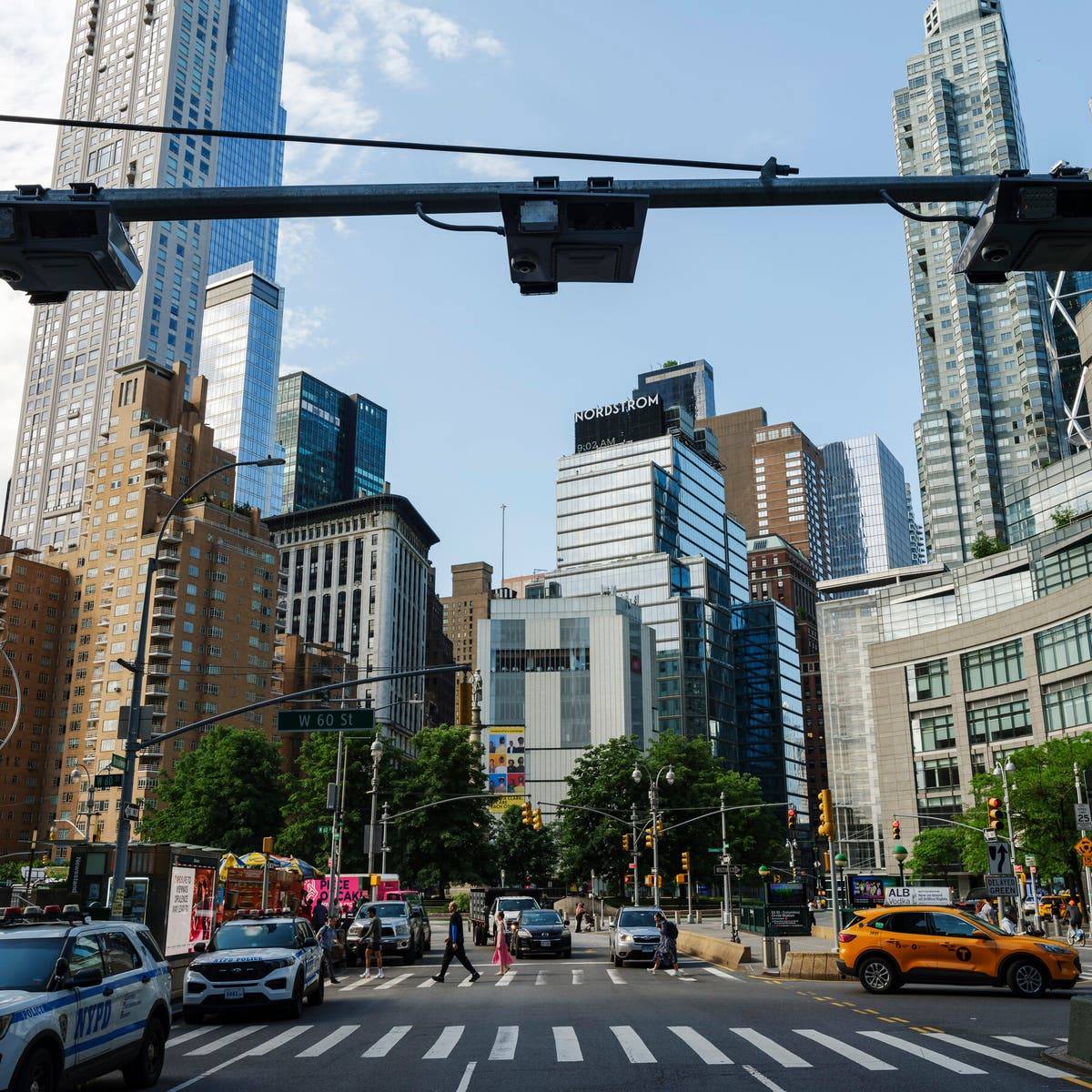New Era for New York City: Congestion Pricing Finally Takes Effect
After years of planning and delays, congestion pricing has finally begun in New York City. The highly anticipated program, which aims to reduce traffic congestion and improve air quality in the city, launched on a sunny Monday morning, marking a new era for the city's transportation system.
The congestion pricing plan, also known as the Central Business District Tolling (CBDT) program, charges drivers a fee to enter certain areas of Manhattan during peak hours. The fees, which range from $12 to $23 per day, depending on the time of day and the driver's method of payment, are expected to generate billions of dollars in revenue for the city's transportation system.
The program is designed to reduce traffic congestion in the city's busiest areas, improve air quality, and enhance the overall quality of life for New Yorkers. By charging drivers a fee to enter certain areas of Manhattan, the city hopes to encourage more people to use public transportation, walk, or bike, rather than driving.
The congestion pricing plan has been in the works for over a decade, but its implementation has been delayed numerous times due to technical issues, funding concerns, and opposition from some lawmakers and community groups. However, with the support of Governor Kathy Hochul and Mayor Eric Adams, the program is finally up and running.
"We are thrilled to finally launch congestion pricing in New York City," said Governor Hochul. "This program will not only reduce traffic congestion and improve air quality, but it will also generate critical funding for our transportation system."
Mayor Adams added, "Congestion pricing is a game-changer for New York City. It will help us build a more sustainable, equitable, and livable city for all New Yorkers."
The congestion pricing plan has been designed to be fair and equitable, with discounts and exemptions available for certain groups, including low-income drivers, emergency responders, and drivers with disabilities. The city has also invested in upgrading its public transportation system, including the addition of new bus and bike lanes, to provide more convenient and affordable options for commuters.
While some drivers have expressed concerns about the added cost of driving in Manhattan, many others have welcomed the program as a necessary step to reduce traffic congestion and improve the city's quality of life.
"I think it's a great idea," said Sarah Johnson, a Manhattan resident who commutes to work by car. "I'm willing to pay a little extra to drive in the city if it means reducing traffic congestion and improving air quality."
As the city begins to adjust to the new congestion pricing plan, officials are urging drivers to plan ahead, consider alternative modes of transportation, and take advantage of discounts and exemptions available to eligible groups.
With the launch of congestion pricing, New York City joins a growing list of cities around the world that are using innovative transportation solutions to reduce traffic congestion, improve air quality, and enhance the quality of life for residents. As the city continues to evolve and grow, congestion pricing is expected to play a critical role in shaping its transportation system and ensuring a more sustainable, equitable, and livable future for all New Yorkers.


